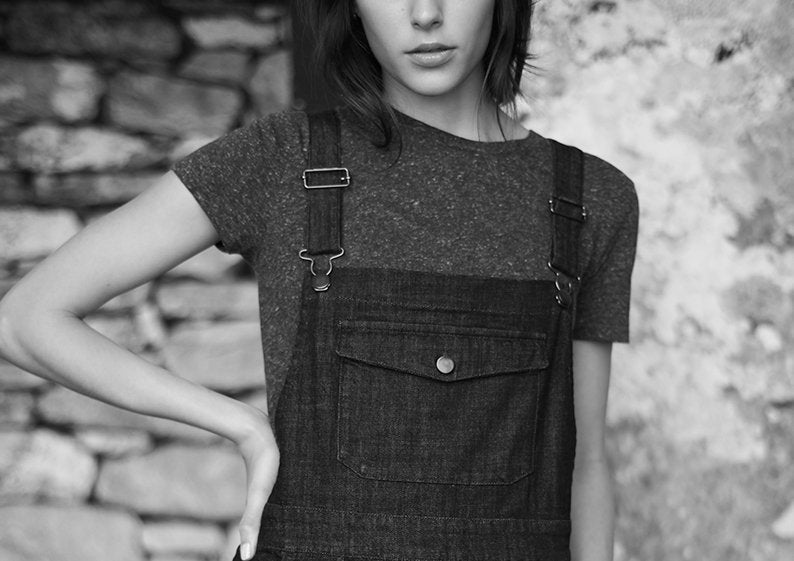

TOAST has been making dungarees for a long time. Below we map a brief history of the style.
Dungarees are thought to have been named after Dongari Kapar, a harbourside village near Mumbai in India where a coarse, thick calico was manufactured.
The Hindi name for this cloth was "dungri".
Along the way an extra syllable was added and "dungri" became "dungaree".
There are records of "dungaree" cloth, in the English language, dating back to 1605.
Durable and cheap the "dungaree" cloth was exported to England.
The cloth, often indigo-dyed, was used to make robust overalls - worn on ships and by farm workers in the fields.
Gradually "dungaree" transferred from the name of the cloth to denote instead the style of the overalls a pair of trousers held up with a bib and shoulder straps.
During the First World War women took over much of the factory work, and adopted the uniform a handy pair of dungarees, perfect protection against the oil and grease.
Dungarees have since entered the mainstream.
Just now they are undergoing a huge resurgence perhaps because they are so comfortable, easy and fun to wear.
Words by Emily Mears.
Add a comment